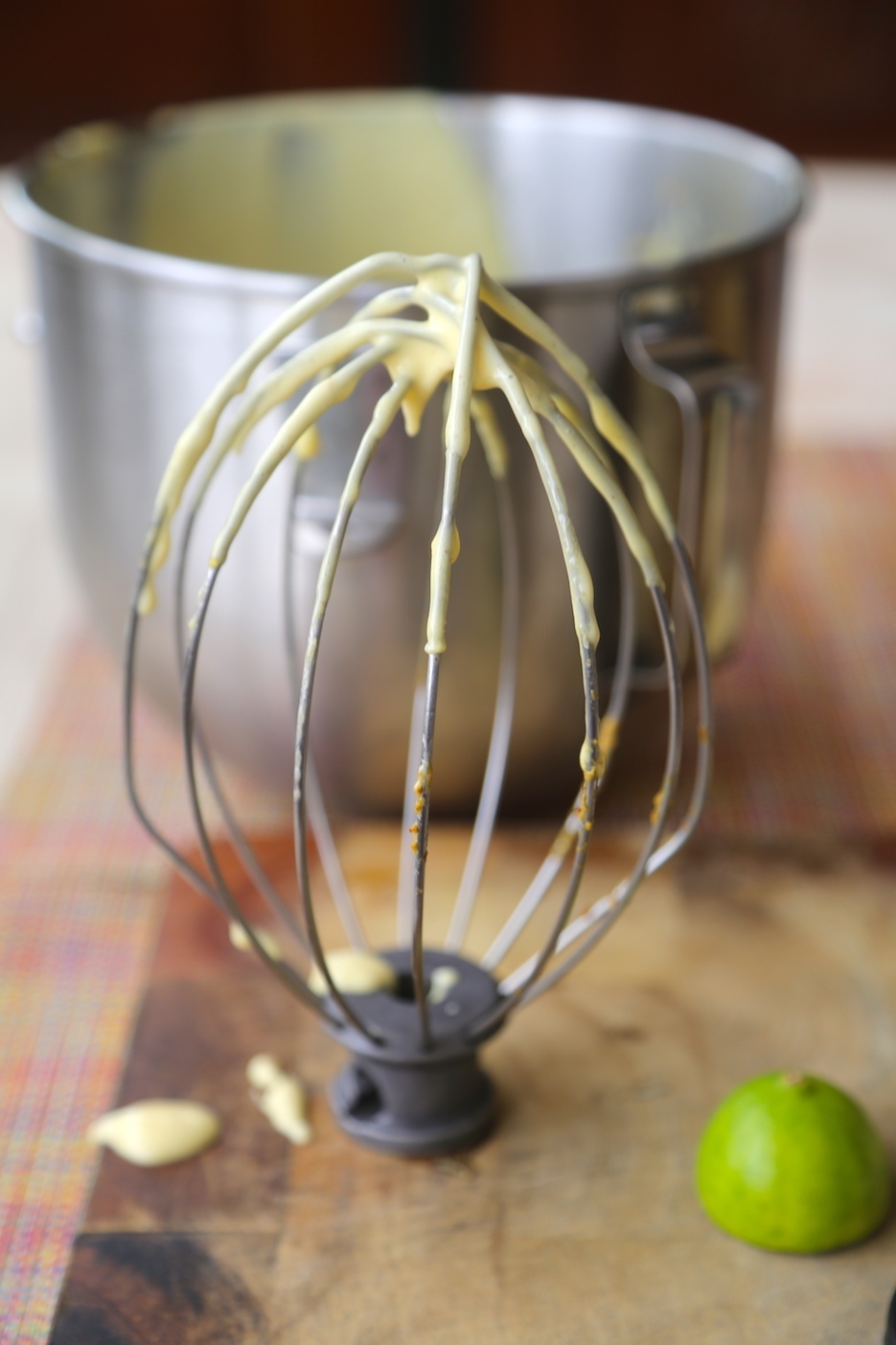
Mayonnaise first came on the scene in the 1700’s a recipe that is believed to have been conceived and developed by the great Chef Anton Careme. Mayonnaise changed the culinary world because it could replace ingredients like cream, enrich, thicken, stabilize so many different recipes and ingredients that it became a substitute for cream and gelatine and soon led to the north of hundreds of recipes based on its qualities. it is used in salads, sandwiches, soups, as a side, a spread and a thickening agent.
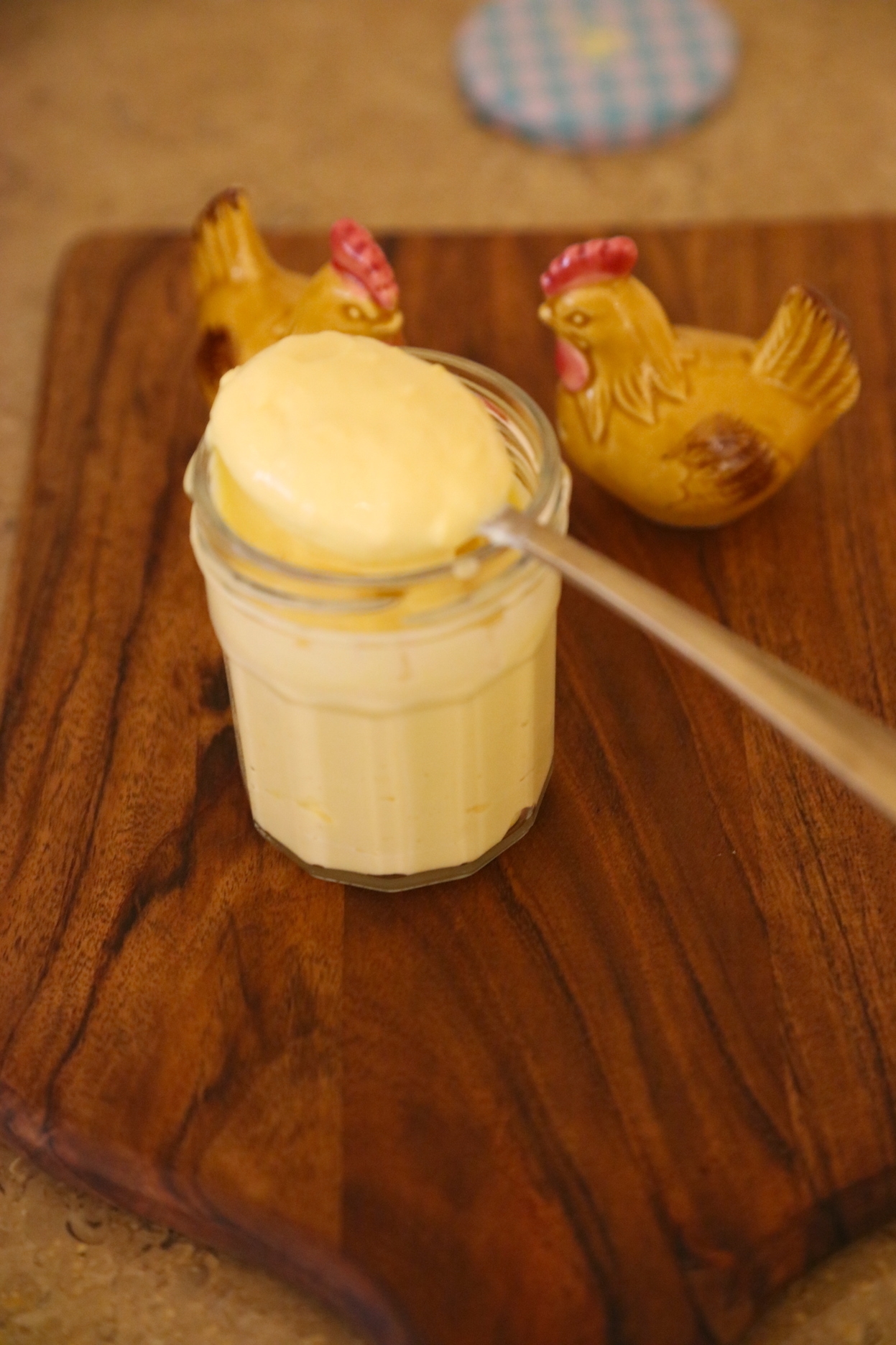
It involves beating egg yolks over a long period of time while slowly incorporating oil into it.
The technique and the recipe is very simple. What is required is patience because in the ‘old’ days it was prepared by hand with a wire whisk.
The lack of time and patience is what created millionaires like Hellmans and Heinz who quickly
created packaged mayonnaise to replace homemade mayo and soon this ingredient because. permanent fixture in every kitchen worldwide.
Even today when hand and stand mixers make this task so much easier folks buy their mayonnaise. But nothing beats a homemade mayo. Its just two ingredients oil and egg yolks and you can use pretty much any oil you like. Add a few drops of basil or chilli oil to your vegetable oil. Add sesame or avocado oil.
Add any flavouring spice and herb you choose. Add minced garlic to make aioli. The sky is the limit.
For this of you who are vegan try my vegan tofu mayonnaise recipe also on this site. Watch the video on my IGTV feed.
Ingredients
. 3 egg yolks room temperature not cold
1 tablespoon wine vinegar or lemon juice (
½ teaspoon salt
¼ teaspoon dry or prepared mustard
1½ to 2¼ cups of vegetable or olive oil room temperature and not cold
1 tablespoon boiling water
METHOD
Beat the egg yolks for 1 to 2 minutes using a hand or stand mixer with a ballon whisk until they are thick and sticky.
Add a drop of oil and beat again. Every one minute add one drop of oil for about 6-7 minutes.
Then increase the speed and add a teaspoon at a time. Keeping whisking.
Once the mayonnaise begins to thicken add the vinegar or lemon juice, salt and mustard. Beat for 30 seconds more.
Add more oil and continue to beat until all the oil is used up.
Now whisk the boiling water into the sauce quickly. This is an anti-curdling measure that will help produce a smooth mayonnaise that will be more resistant to splitting when added to say a hot soup or baked.
Season to taste. Scrape into an airtight container and refrigerate upto 10 days.
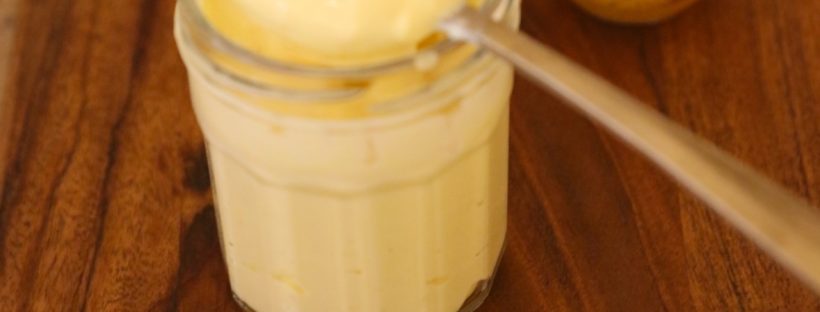
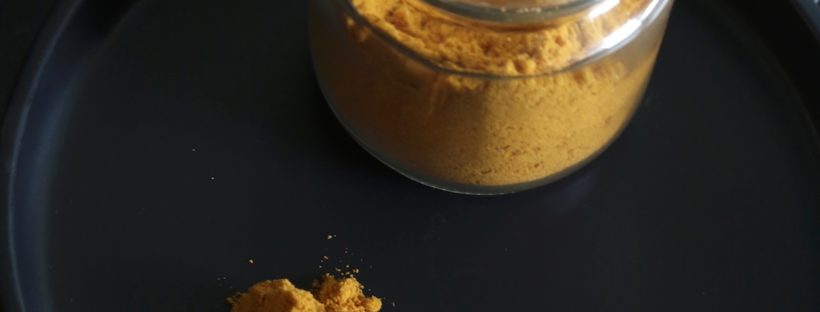
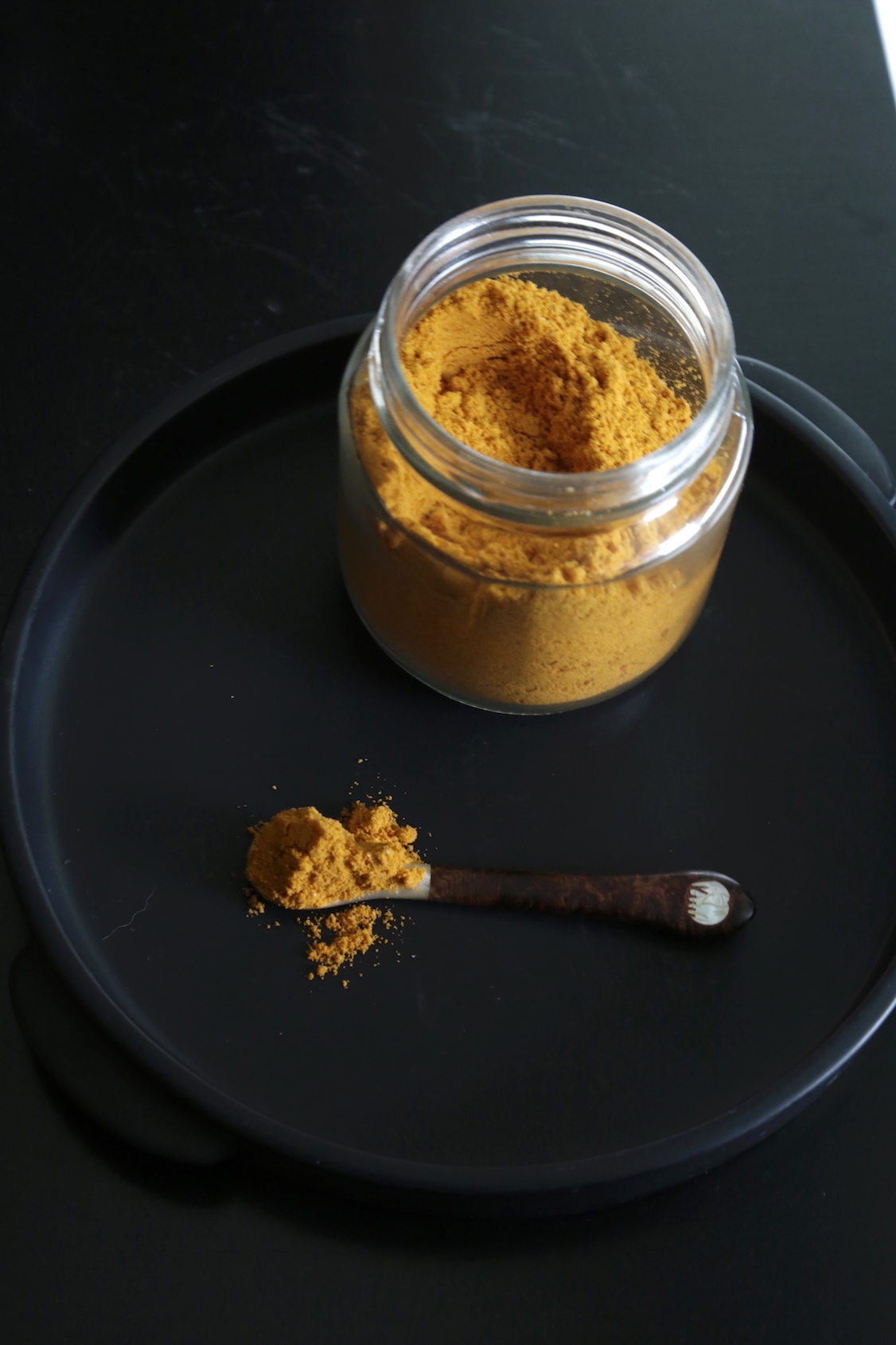

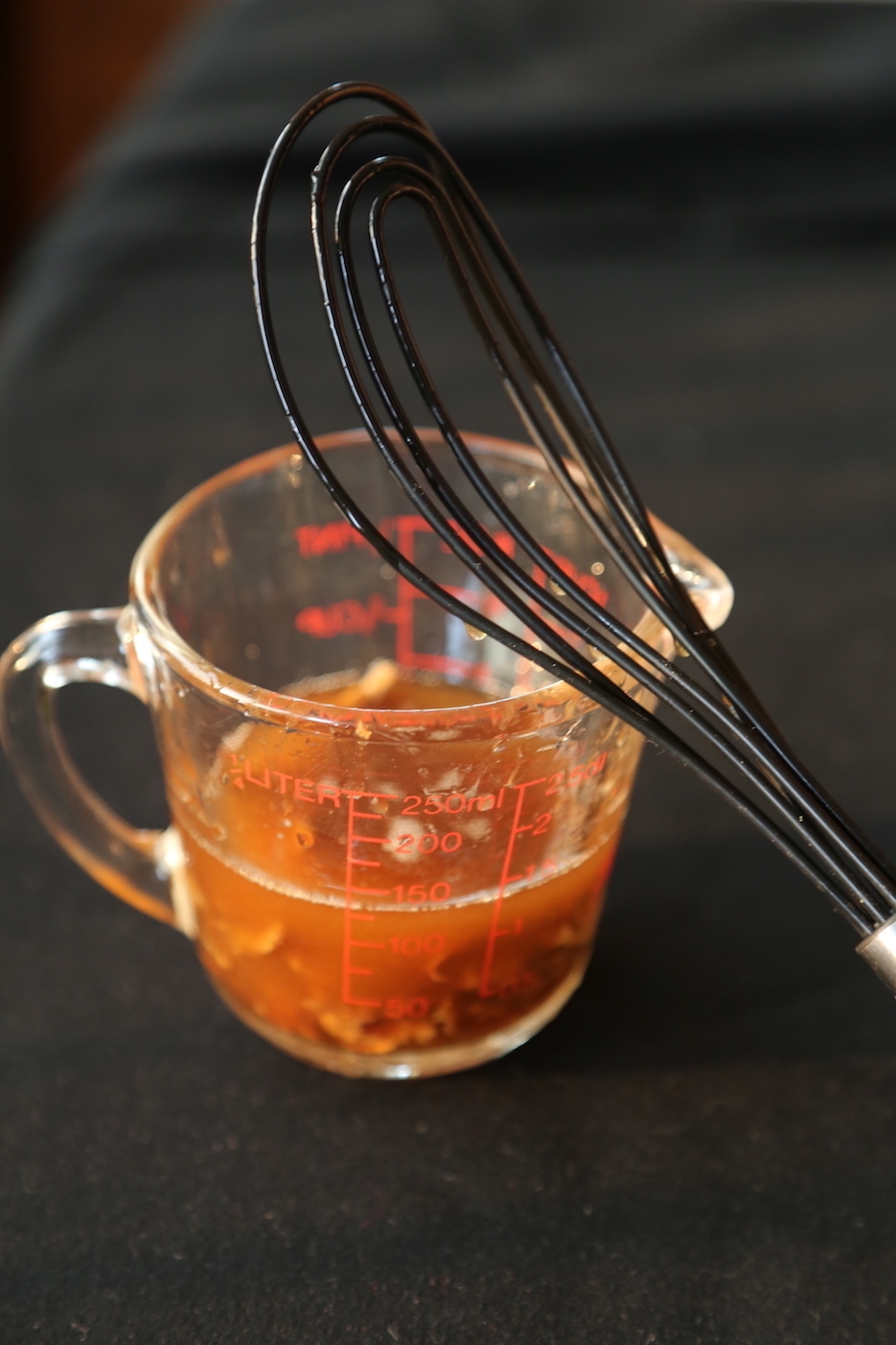

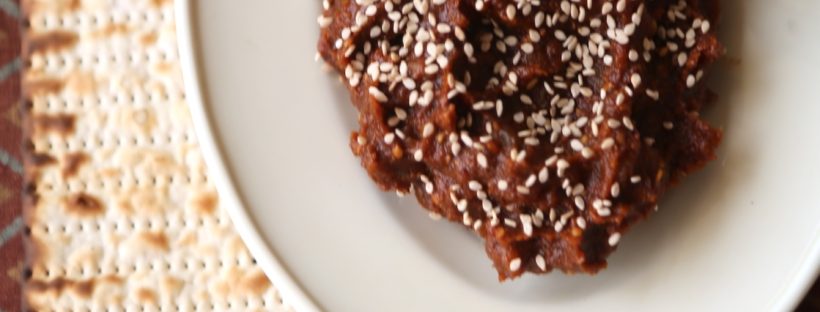
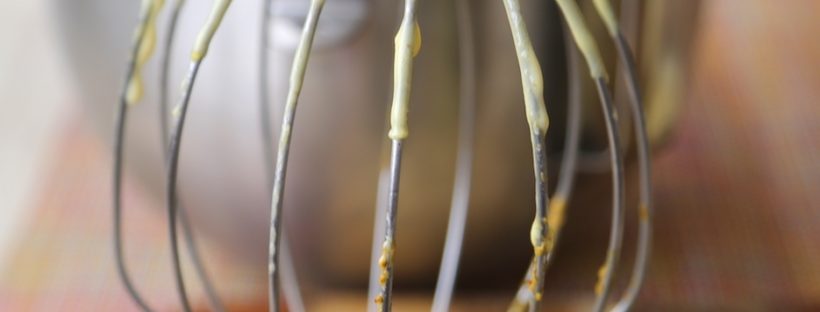
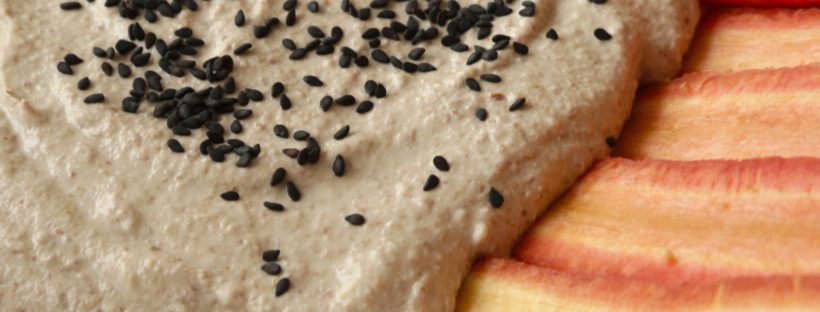
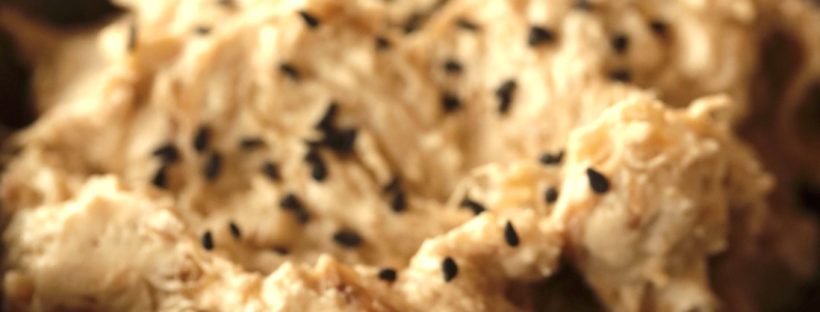
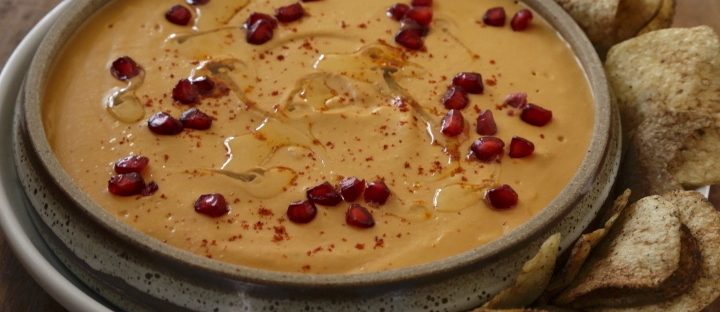
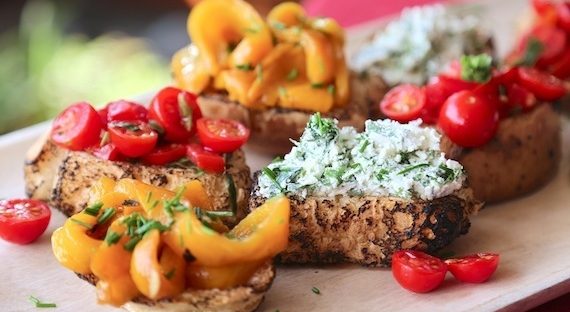
You must be logged in to post a comment.